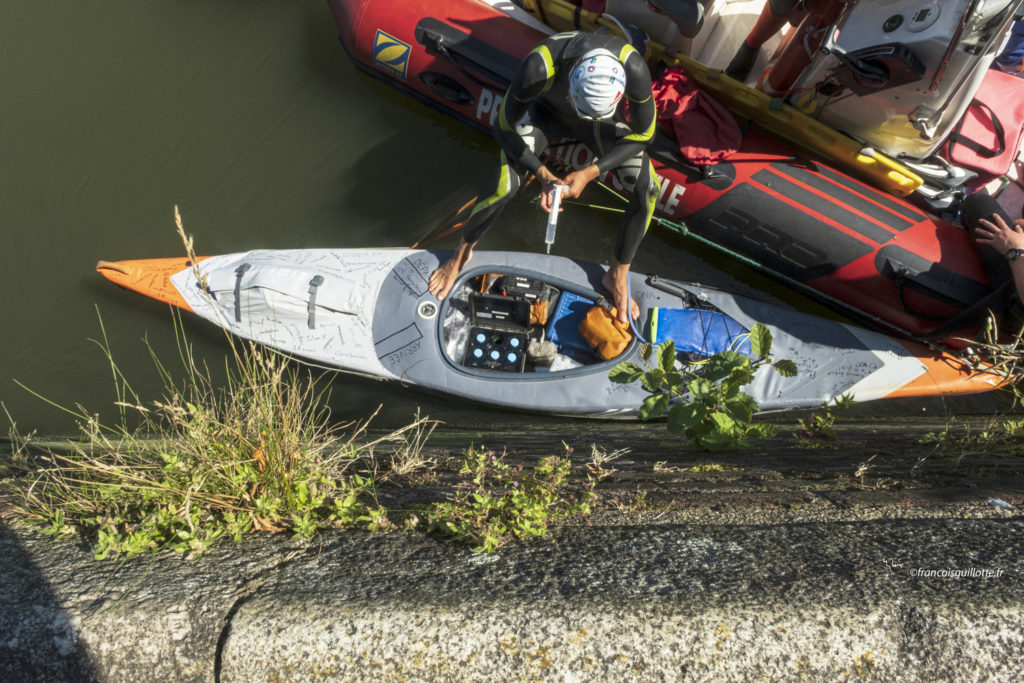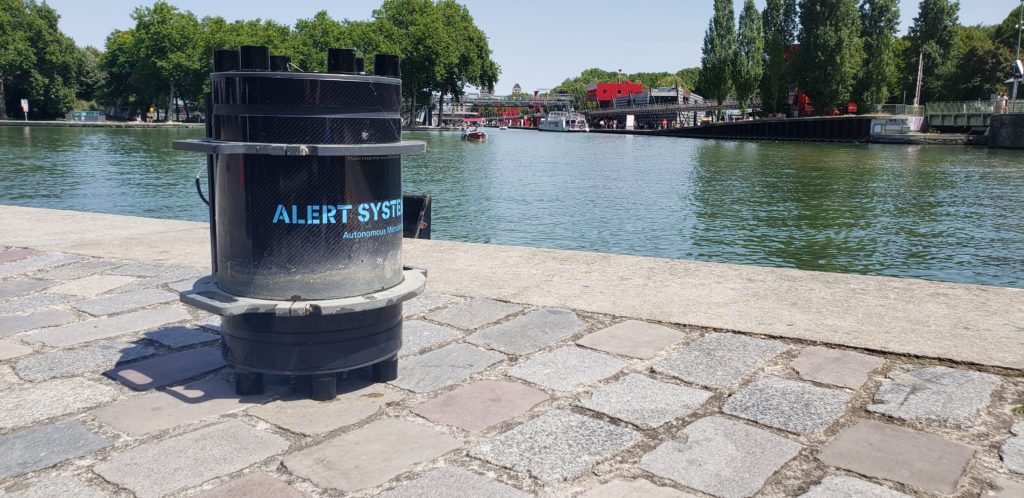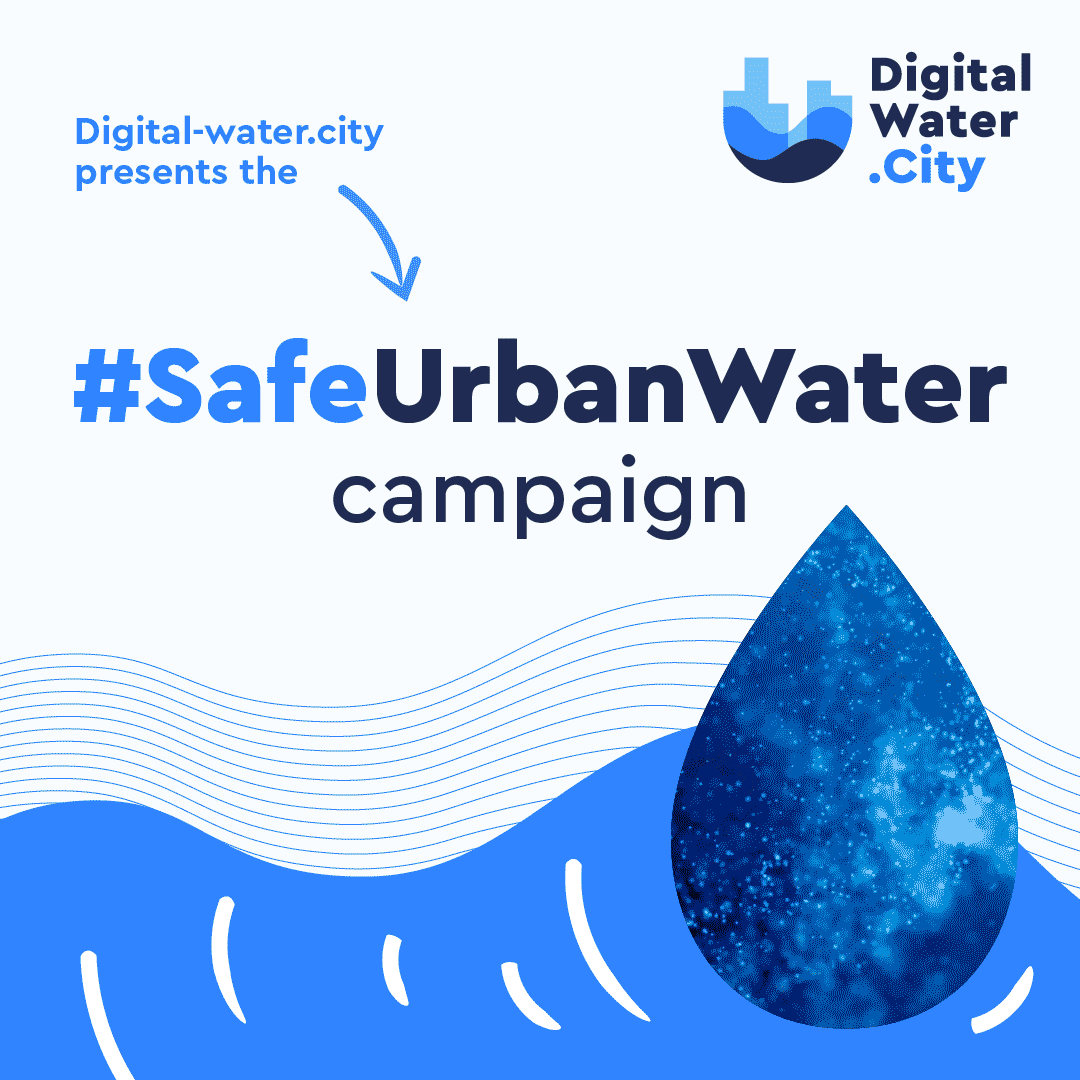On the second week of #SafeUrbanWater, we share the interview with Dan Angelescu, CEO and R&D Director of Fluidion. As part of digital-water.city, Fluidion developed the ALERT system, sensors for real-time bacterial measurements. Dan answered to our questions about this innovative tool to monitor water quality and here is what we learnt:
What does the ALERT system consist of and what is the main technology used?

Our solution is an accurate sensor for being able to assess public health risk related to contact with potentially contaminated water. We developed technology capable to measure E.coli bacteria rapidly, directly in-situ, and with levels of precision that are similar, and in some cases superior to what can be accomplished with an approved laboratory. Furthermore, being a digital solution, the sensor can be remotely controlled, its data can be accessed online, and it can be integrated to existing digital dashboards.
For which purpose can the sensors be used and which broader aim can they be a supporting tool of?
In digital-water.city (DWC) our solution was tested in three separate contexts. Firstly, it was deployed in a relatively small urban river (Spree in Berlin) that is a candidate for open-water bathing, to measure microbiological water quality and issue early warnings of pollution that increases the public health risk. Secondly, it was deployed in a large river (Seine river in Paris) where major athletic events will be held as part of the 2024 Olympic Games, followed by opening of multiple open-water bathing sites. And thirdly, it was tested in a waste water treatment plant (in Milan) which provide direct water reuse for agriculture, in order to assess the compliance of the treated effluent quality with the recent European reuse regulations. More broadly, our solution can be deployed to assess public risk associated with water risk in all types of water matrices, including drinking water, waste water, storm water and bathing waters.
What would you say are the most innovative features and what is the added value of this solution?
The most innovative features of our solution come, on one hand, from its digital nature, providing fully-automated quantified E.coli measurements and enabling effective remote monitoring of bacteria, which was not previously possible. On the other hand, high added value comes from the use of our custom rapid microbiological protocols that are encapsulated in a patented single-use cartridge. The cartridge ensures non-contaminated sampling every time and eliminates variability from sample to sample, leading to exceptional levels of precision and accuracy. It also greatly simplifies the maintenance of the instrument, by reducing the duration of maintenance to only a couple of minutes.
Who can use this tool and how can it help them?

Our solution can be (and has been) used by municipalities, utilities, industrial users, bathing water managers, public health and environmental regulators, NGOs as well as research institutes. It provides them with means to automatically, rapidly, and accurately measure faecal contamination of the water, which currently involves significant logistics, cost and labor. It provides outstanding cost and efficiency benefits.
How would you say being part of DWC project helped in developing such a tool?
Being part of DWC placed us in a very interesting ecosystem, where our solution could be evaluated both in a laboratory setting and operationally in the field, in different case study scenarios. It also provided our solution with opportunities for visibility: scientifically, within the water industry but also with European regulatory organisms.
Find more information about the solution here.

